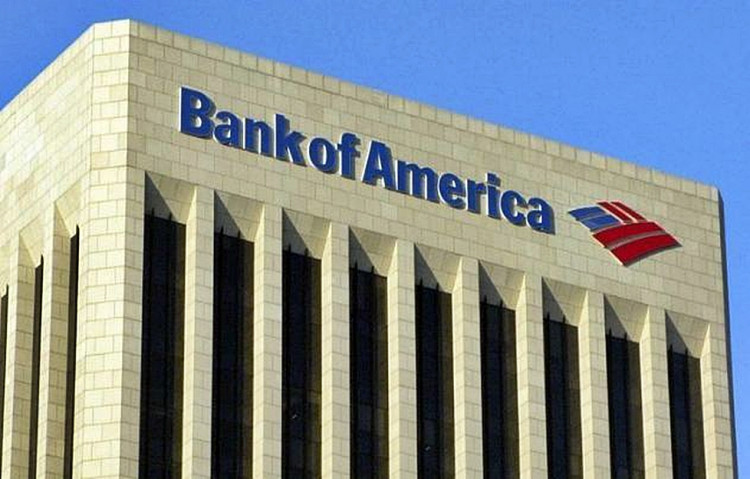Bank of America Corporation, the third largest investment bank in the world, reported better than anticipated profits during the third quarter ending Sept. 30.
It recorded earnings per share of $0.66, a 43 percent jump year-on-year. Its net interest margin, a widely watched measure of profitability, rose four basis points to 2.42 percentage points.
Net income rose 32% to $7.2 billion on account of the windfall from the Tax Cuts and Jobs Act. Revenues improved by 4% to $22.8 billion from the $22.67 billion estimate by financial analysts due to rising interest rates and consumer loan growth. Total interest income, or the difference between what a bank earns on loans and pays on deposits, rose 6.4 percent to $11.87 billion.
Profit in consumer banking, the bank's biggest division, ballooned 49 percent to $3.1 billion due to improving credit, lower expenses, and lower taxes. This was better than the improvements posted by the bank's wealth management, global banking, and market divisions. Loans in the business rose 6 percent to $285 billion while deposits rose 4 percent to $688 billion.
The profit of the bank's global markets division rose 21 percent to $912 million. Fixed income trading revenue came to $2.06 billion and equities trading generated $1.01 billion.
BofA's provision for credit losses dropped by $118 million to $716 million, well below the $964.2 million estimates. It cut expenses by 2 percent to $13.1 billion. Non-interest expenses fell 2.4 percent to $13.07 billion in the third quarter, in part due to a 2 percent cut in the number of employees.
CEO Brian Moynihan has focused on slashing costs while looking for profit opportunities that fit his mantra of "responsible growth." This basically means avoiding unnecessary risks.
Responsible growth backed by a solid U.S. economy and a healthy U.S. consumer market came together to post the highest quarterly pre-tax earnings in the bank's history, said Moynihan. He said the third quarter was the 15th straight quarter the bank was able to improve operating leverage by cutting expenses.
The North Carolina-based bank vowed to keep expenses at their current level of $53 billion per year for the next two years. At the same time, it promised to invest in technology and people.
Responsible growth, however, includes firing staff; reducing the number of branches and consolidating technology like data centers, said Moynihan. He noted the migration of bank customers to digital channels like mobile banking is helping that effort.
On the other hand, BofA shares have fallen along with its peers in the last month. A surge in U.S. interest rates has investors concerned that banks will be forced to pay depositors more for holding their money, reducing profit margins. Its shares have fallen 6 percent in the last month, compared to the 6.2 percent decline of the KBW Bank Index, the benchmark stock index for the banking sector






